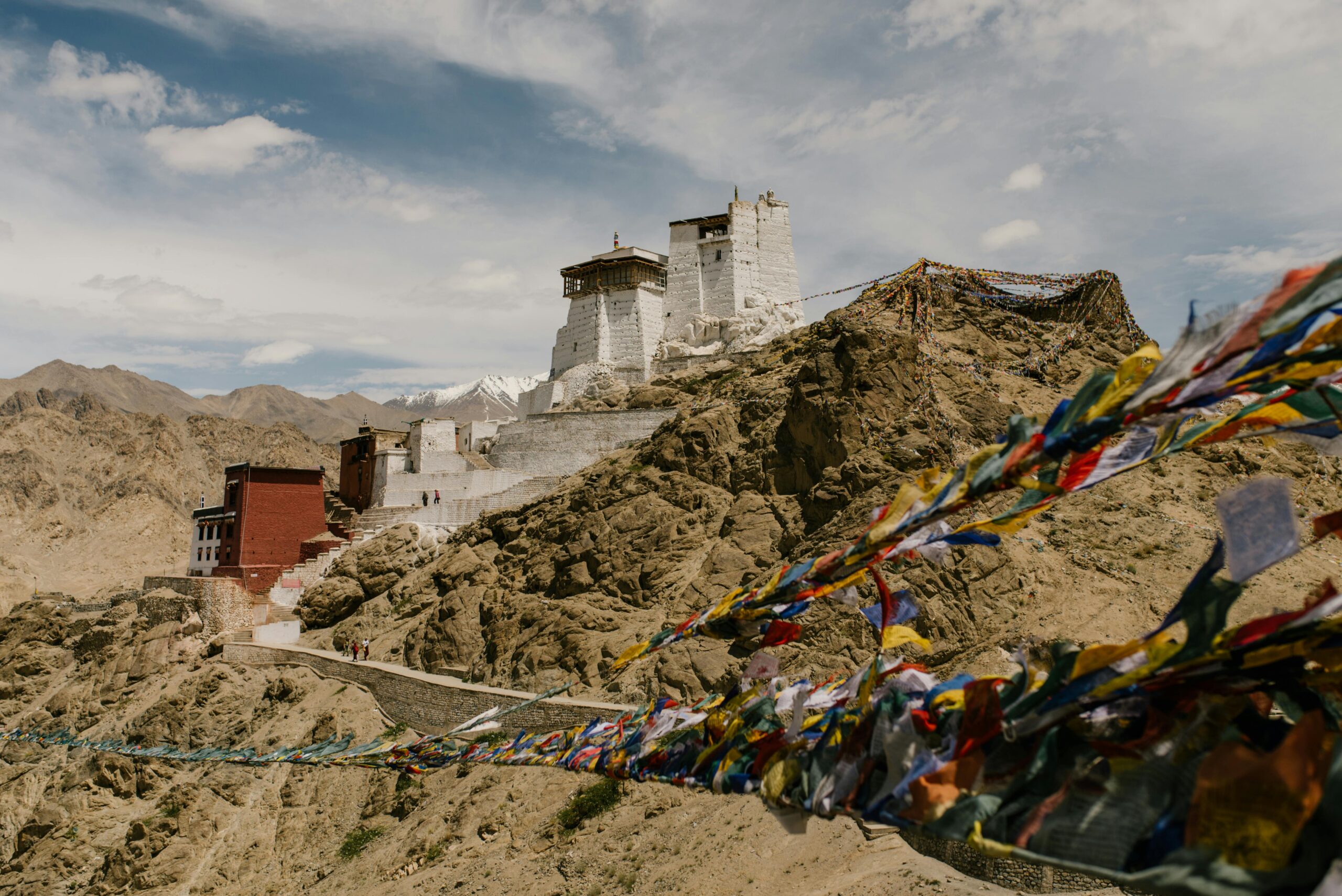ndia is not just the birthplace of Buddhism but also home to some of the most revered pilgrimage sites associated with the life and teachings of the Buddha. From the moment of enlightenment under the Bodhi tree to the first sermon at Sarnath, the landscape of India is etched with the footsteps of Siddhartha Gautama. Whether you’re a devout follower, a spiritual seeker, or a cultural explorer, this travel guide will walk you through the most important Buddhist sites in India, offering insights, travel tips, and historical context.
1. Lumbini (Just Across the Border in Nepal) – The Birthplace
While technically in Nepal, Lumbini is often included in Buddhist pilgrimages from India. It’s where Queen Maya Devi gave birth to Siddhartha Gautama. Many Indian travel itineraries begin here before crossing into Bihar or Uttar Pradesh.
Tip: Reach Lumbini via Gorakhpur, Uttar Pradesh, which is well-connected by rail and road.
2. Bodh Gaya, Bihar – The Place of Enlightenment
Arguably the most important Buddhist site in the world, Bodh Gaya is where Prince Siddhartha attained enlightenment under the Bodhi Tree. The Mahabodhi Temple Complex here is a UNESCO World Heritage Site and draws pilgrims from across Asia and beyond.
Don’t Miss:
- The Bodhi Tree and Vajrasana (Diamond Throne)
- Mahabodhi Temple
- International Buddhist Monasteries from Thailand, Japan, Bhutan, and more
Best Time to Visit: October to March
3. Sarnath, Uttar Pradesh – The First Sermon
Located near Varanasi, Sarnath is where Buddha delivered his first sermon after enlightenment, setting in motion the Wheel of Dharma. Today, the site hosts a serene park with stupas and a museum.
Key Sites:
- Dhamek Stupa
- Ashokan Pillar
- Sarnath Archaeological Museum
Travel Tip: Stay in Varanasi and make a day trip to Sarnath.
4. Kushinagar, Uttar Pradesh – The Mahaparinirvana
This is the place where Buddha passed away at the age of 80 and attained Mahaparinirvana. It’s a quiet, contemplative town with important monuments marking the final moments of the Buddha’s life.
Sites to Explore:
- Mahaparinirvana Temple with the Reclining Buddha
- Ramabhar Stupa (cremation site)
- Japanese and Thai temples
5. Rajgir and Nalanda, Bihar – Monastic Learning and Meditation
Rajgir was one of the Buddha’s favorite retreats and the location of many important teachings. Nearby Nalanda was once the world’s greatest center of Buddhist learning.
Must-Visit:
- Vulture’s Peak (Griddhakuta Hill)
- Nalanda University Ruins (UNESCO World Heritage Site)
- Japanese Peace Pagoda in Rajgir
How to Reach: Rajgir is accessible via Gaya or Patna airports. Nalanda is about 15 km away.
6. Shravasti, Uttar Pradesh – A Seat of Miracles
Shravasti is where Buddha spent many monsoon seasons and performed miracles to silence skeptics. It was also the site of deep philosophical discussions and teachings.
Attractions:
- Jetavana Monastery
- Anathapindika Stupa
- Angulimala Stupa
Best Time to Visit: November to February
7. Tawang, Arunachal Pradesh – Tibetan Buddhist Influence
Far from the traditional sites of Buddha’s life, Tawang is a spiritual gem in Northeast India. The Tawang Monastery is the largest in India and a significant center of the Gelugpa sect of Tibetan Buddhism.
Why Visit:
- Breathtaking mountain views
- Buddhist chanting rituals
- Local festivals like Torgya and Losar
Travel Tip: Indian citizens need an Inner Line Permit (ILP) to visit Arunachal Pradesh.
8. Leh and Ladakh – High-Altitude Spirituality
While Ladakh is more associated with Tibetan Buddhism, the monasteries here reflect centuries of Buddhist heritage. The dramatic landscape adds a mystical charm to the spiritual journey.
Highlights:
- Hemis Monastery
- Thiksey Monastery
- Diskit Monastery (with the giant Maitreya Buddha)
Best Time to Visit: June to September
Tips for the Buddhist Trail in India
- Dress modestly and behave respectfully at all religious sites.
- Engage with monks and pilgrims—many are open to conversation and can enrich your understanding.
- Carry cash, especially in remote areas where card payment options may be limited.
- Local guides can provide deep historical and cultural insights.
- Combine spiritual travel with cultural exploration—India offers a rich tapestry of traditions, cuisines, and experiences.
Conclusion
The Buddhist trail in India is not just a journey across geography, but a pilgrimage into peace, philosophy, and the pursuit of truth. Whether you’re walking under the Bodhi Tree or meditating in the silence of Kushinagar, each place holds a story that has echoed across millennia. Step into this timeless path, and let it transform your own inner journey.

